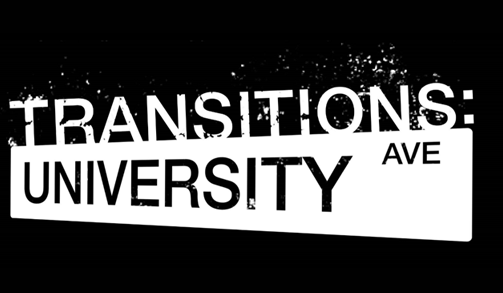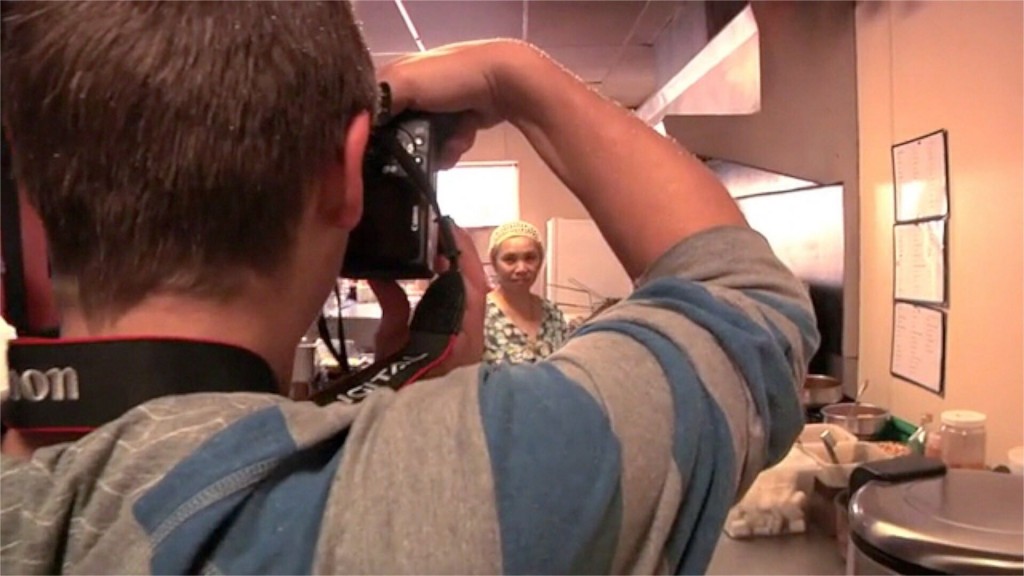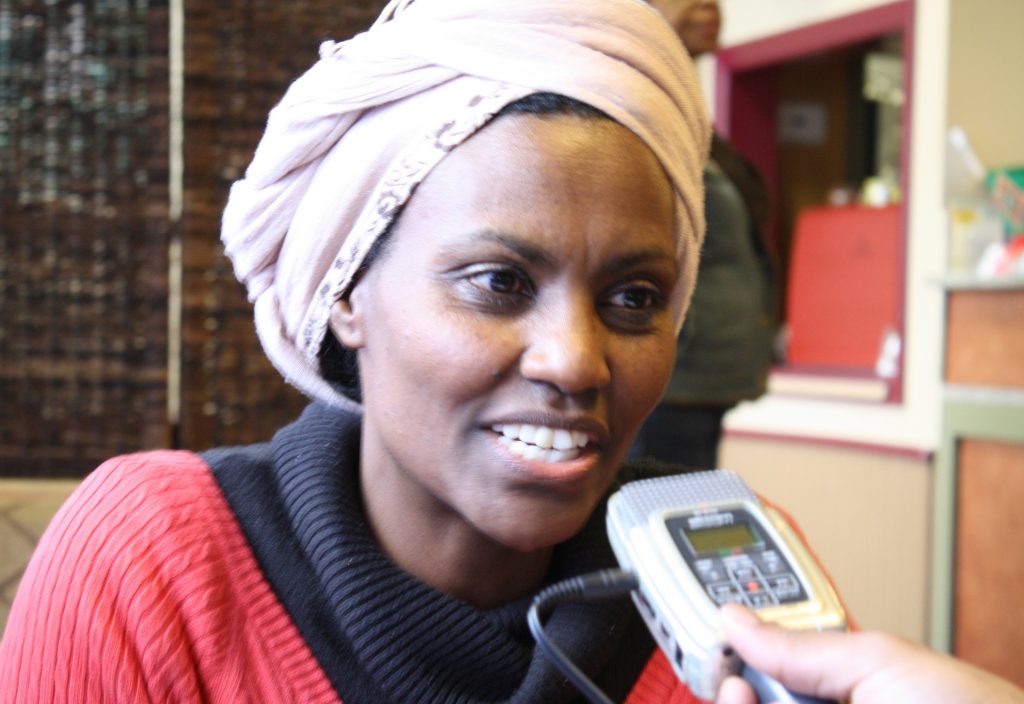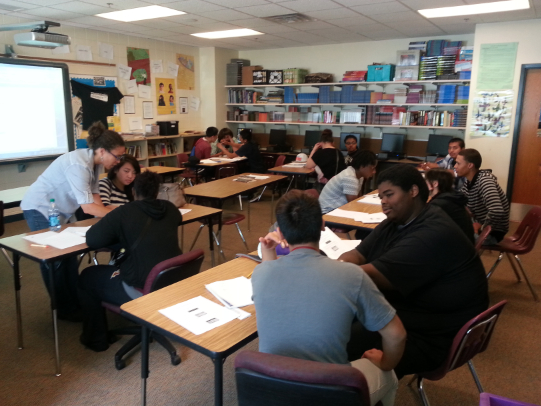TRANSITIONS: UNIVERSITY AVENUE
One of the first successful CEDS project at Gordon Parks was called “Transitions: University Avenue.” This project was ideal for us because it involved a multifaceted story right outside our  front door. We knew the project was going to be sufficiently controversial because community members were already making a historic connection between this transportation project and one from the 1960s that resulted in the forced eviction of the Rondo Community, St. Paul’s primary African American business community. The Rondo Story was under told city racial history, and the modern project created a context for teaching the old.
front door. We knew the project was going to be sufficiently controversial because community members were already making a historic connection between this transportation project and one from the 1960s that resulted in the forced eviction of the Rondo Community, St. Paul’s primary African American business community. The Rondo Story was under told city racial history, and the modern project created a context for teaching the old.
After dialogue with students, community and staff via community input meetings, this CEDS project set out to document different perspectives in the community on the Central Corridor Light Rail Transit (CCLRT) project on University Avenue, the street right in front of our school. We created an institutional partnership with the Minnesota Historical Society (MNHS) as a way to formalize the project, and win over district support for what was, at that time, considered an academically progressive way of teaching core subject areas. This partnership was rooted in funding made available by the Minnesota Legacy Amendment, an 3/8 of a percent sales tax increase that won additional funding for arts, water preservation and historic preservation. I knew that had funding for inter-generational storytelling. The partnership lasted for four years, and consisted of cash support, transportation funding, a website and mentorship.
We began this project in an English classroom and Art classroom. Over time however, the project migrated through several different subject areas, with the bulk of its experience occurring in the Social Studies classes merged with English in what we call a Block Class. Block Classes pair two teachers and two separate classes together for two consecutive hours of the day. For example, if Mrs. Smith teaches English and Mr. Pereira teachers Economics, their students would stay the same for two consecutive hours. Economics and English would be taught in an interdisciplinary way during these consecutive hours. The benefits of this arrangement are that the students have more time for CEDS activities like group meetings, field trips, visits from community members and production work. Additionally, the interdisciplinary activities and corresponding standards can be taught accordingly to the activities of the day. Some days there will be more English than Econ, and vice versa. The goal however, is to teach these standards when they are synched with the CEDS context, so as to maximize relevancy and application.
In order to prepare for interviews for the Transitions project, students read local newspapers, conducted online research, wrote interview questions, conducted mock interviews in class, and developed fluency with cameras and audio recorders. We also experimented with Civic Role Playing exercises where we asked students to personify local perspectives. This proved effective to stimulate empathy and perspective. Post interview, students transcribed audio, learned data management and archiving as well as audio and film editing. Every step of the process was connected with state standards in the content areas where the CEDS project occurred.
After five years, students completed nearly 40 films that are featured on the website www.universityave.org The project was documented in a chapter in the book “Teaching Communication Activism” by Hampton Press. Students also presented at the Pacific Education Group’s Racial Equity Conference in St. Louis.



